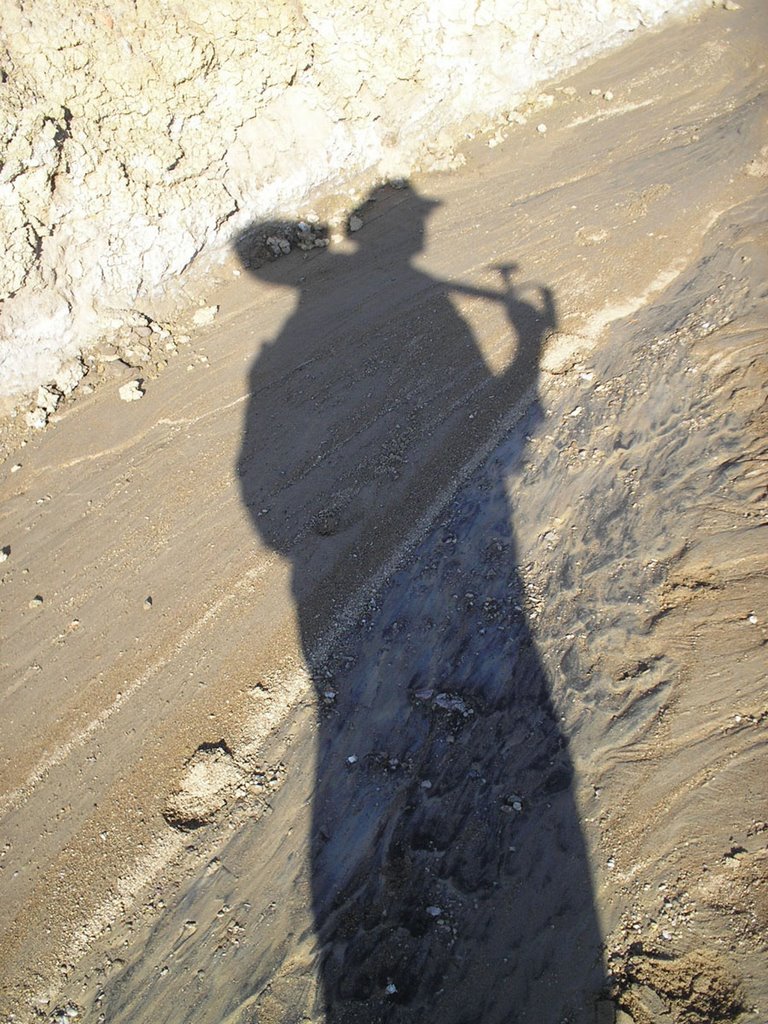Got binoculars? Make some science.

This Saturday night a bright star in Taurus will be occulted (eclipsed) by the moons of the asteroid Eugenia. Yeah, that's right, the moons of an asteroid. If you didn't know asteroids had moons, check this out. Anyway, observers in the southern US and Mexico can help astronomers determine the positions of the moons by--get this--watching the star go off and on and noting the times. For this, even the largest telescopes on Earth are less useful than you are, as long as you have binoculars, a timekeeping device, and some idea of where you are. Details here, instructions and finder charts here (scroll down to the hideous yellow part).
The photo above shows the 53-km-long asteroid 243 Ida and its tiny, 1.4-km moon Dactyl. Stolen from Wikipedia.
Labels: Amateur Astronomy, Earnest Exhortations


2 Comments:
Blogger ate an earlier comment.
I wanted to say that I pointed my shiny new binoculars at the sky the other night, the first clear night since I got them, and I was giddy when I saw all the stars that were invisible to the naked eye (in that urban environment with light pollution et cetera).
So, uh, yeah, thanks for telling me (and the rest of us) to point magnifying optics up sometime. I did, and I enjoyed the experience so much I'm at risk of doing it again (if the weather ever clears again).
Congratulations! You have taken your first steps into a wider universe.
I'll warn you, it can get addictive.
Next time it's clear, find M42, the Orion Nebula. It's the middle "star" on the sword hanging from Orion's belt. It looks distinctly fuzzy to the naked eye on a clear night, really fuzzy through low-mag binoculars, sneaking up on real nebulosity through bigger binos, and it is just freaking fantastic through a telescope of any size, but the bigger the scope the more fantastic it gets.
If you decide you need to burn some more cash, like, right now, you can do a lot worse than Gary Seronik's Binocular Highlights and Ernest Cherrington's Exploring the Moon Through Binoculars and Small Telescopes. H.A. Rey's The Stars: A New Way to See Them is also first-rate.
Dang, I gotta get the rest of my "How to get started..." series up before I cannibalize them for advice here.
Post a Comment
<< Home